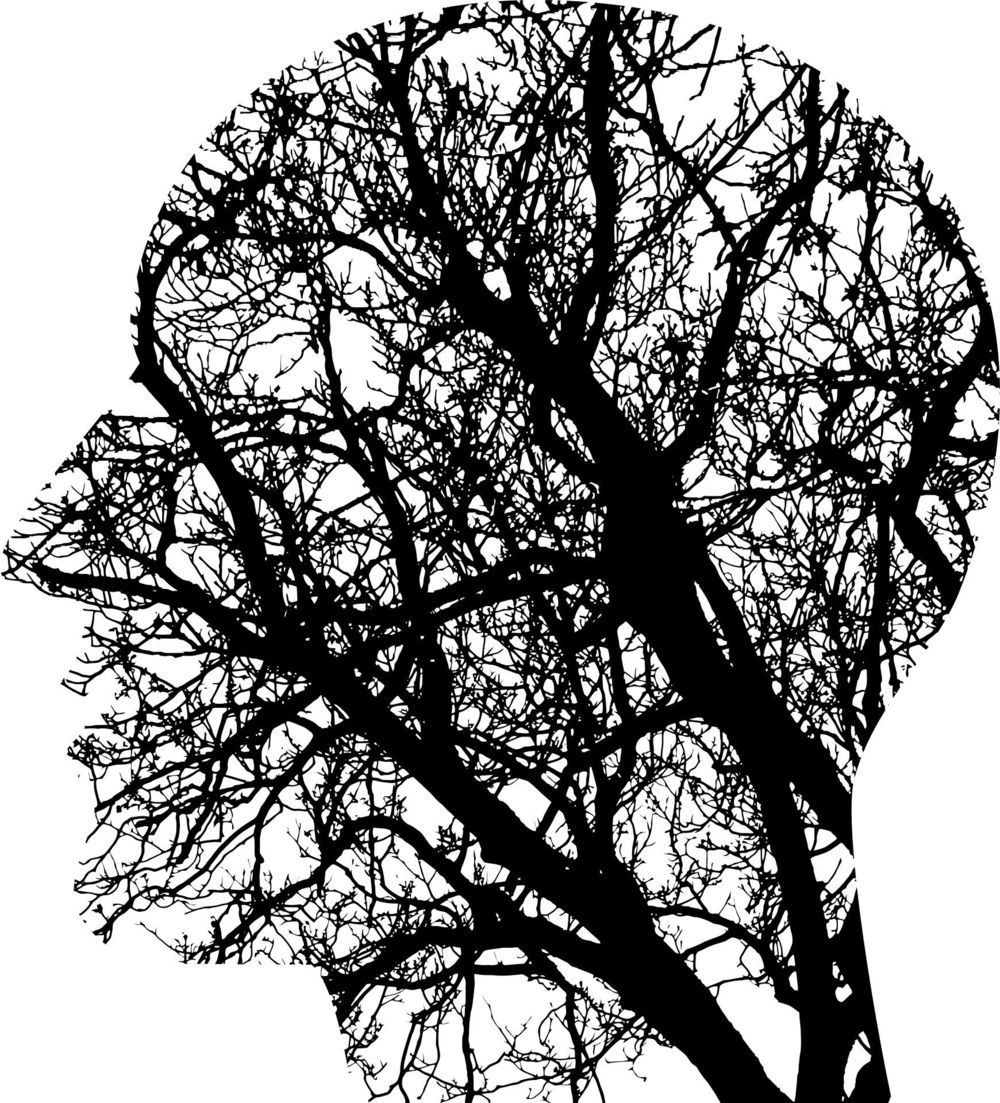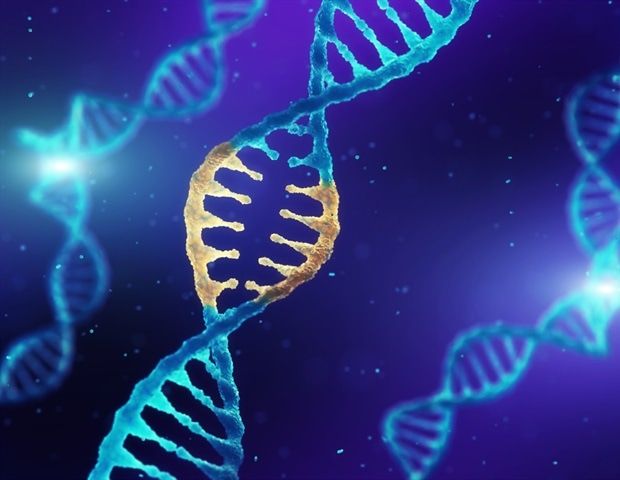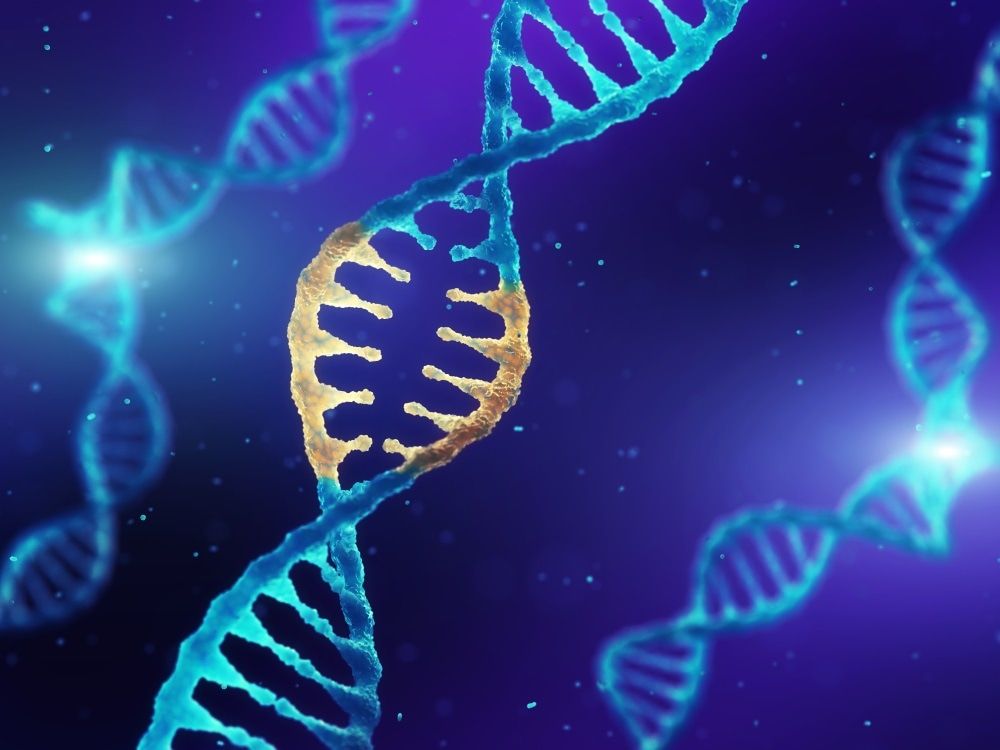WASHINGTON — For the second time in less than 18 months, SpaceX has abandoned plans to build a manufacturing facility at the Port of Los Angeles for its next-generation Starship launch vehicle.
In a March 27 letter obtained by SpaceNews, SpaceX notified the Port of Los Angeles that it was terminating a lease approved just a month earlier for a parcel of land at the port. News of the lease termination was first reported by the Los Angeles Times.
The letter, signed by Bret Johnsen, SpaceX’s chief financial officer, served as a 45-day notice of SpaceX’s intent to terminate the lease, making the effective end date of the lease May 11. The letter did not explain why the company was terminating the lease.





 Image Credit: nobeastsofierce /
Image Credit: nobeastsofierce / 


